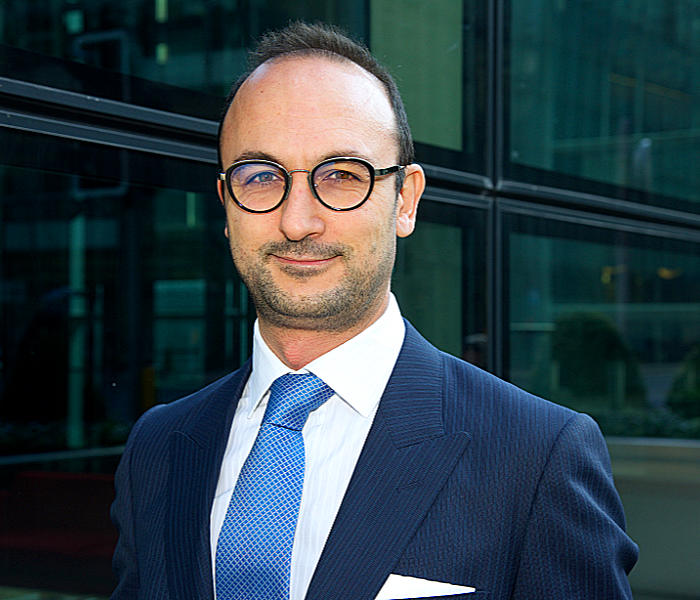 Mehmet Mazi, Managing Director and Head of Credit Trading at HSBC, gives his expert insight into optimising the trading desk.
Mehmet Mazi, Managing Director and Head of Credit Trading at HSBC, gives his expert insight into optimising the trading desk.
Where are the greatest risks for trading desks today?
I think price discovery in OTC / RFQ format is still a challenge for the buy side and the sell side. The market does not trade like equities, not everything is visible, and the buy side sees more price information than the sell side. Consequently the reliability of the pricing coming from the sell side can be questioned by the buy side.
Is regulation helping?
One of the better things about MiFID II, and also the TRACE implementation in the US, has been more transparency and price discovery. As MiFID II implementation progresses, we will see ticker tape being used more, bringing more efficiency in price discovery. When price discovery is more reliable, liquidity provision increases. Large tickets that the buy side would like to execute on the high-touch channel become easier to execute.
How are you responding to that?
We are supporting transparency. We look at incoming RFQs, where they have traded and also where they have missed and by how far, and also the composite observations in the street as well as ETF price observations and indices. We put this together to create our own fair price / composite with different mathematical techniques to make price discovery both faster and more accurate.
Our recent pricing algorithm has improved speed of response from 24 seconds to 14 seconds, and by bringing machines and traders together we are seeing very good results in terms of quality and speed.
Can you overcome balance sheet constraints on taking risk?
Balance sheet is not the biggest issue for the largest banks. For day-to-day market making we deploy it adequately. I think the lack of efficiency in the interbank market is the real issue. If a sell-side firm takes on a large position, they are not concerned about the balance sheet, but because they do not have 100% visibility on the fair price. That is why we need better price discovery in the market.
The rise of interbank venues, plus dealer-to-client and all-to-all venues will help. We do not know which will be most efficient, but ease of use, cost and speed will clearly determine the winners. We will differentiate the pricing we stream into venues which are mostly costly and slow.
Do you see technology as being the key to solving these issues?
It depends on the smart deployment of specific technology. In credit you do not have an homogenous instrument; you have 500,000 public instruments where in FX you have 170 pairs. So we have to make our traders, algos and machines aware of that differentiation for each type of instrument and establish connectivity to where they trade the most.
If you look at distressed and EM markets, where we have one of the most successful businesses, price making is not algorithmic, but we use technology in different ways. We use it in research, in deep-dive fundamental and technical analytics. We are looking at solutions to scout the public statements of every issuer to get the data in order to automate that process which can then contribute to price making. So you can use technology up and down the trade lifecycle, not just in automating execution and flow pricing where we deploy our algos today.
©Markets Media Europe 2025


















